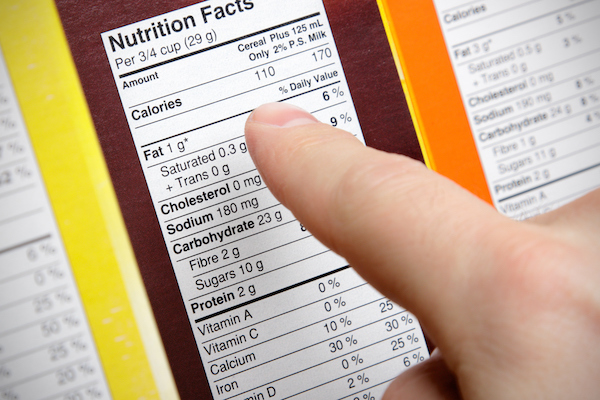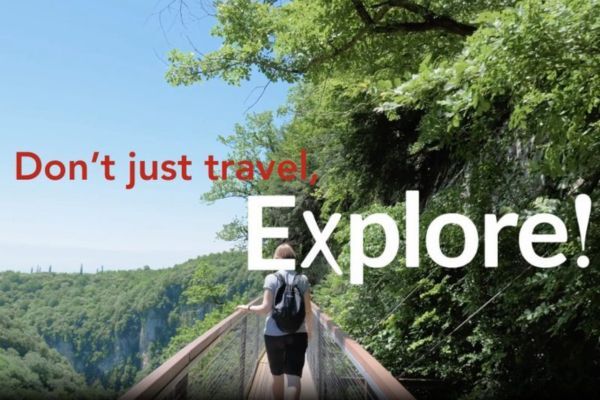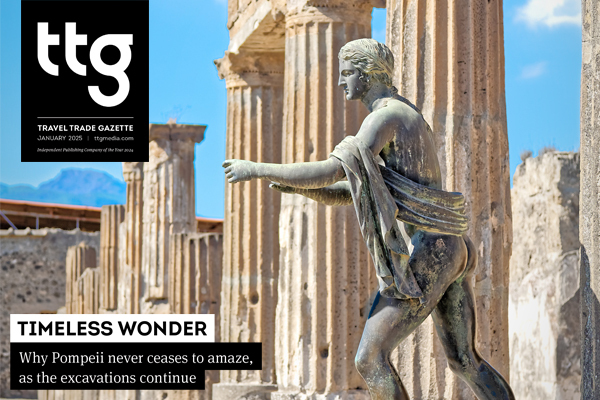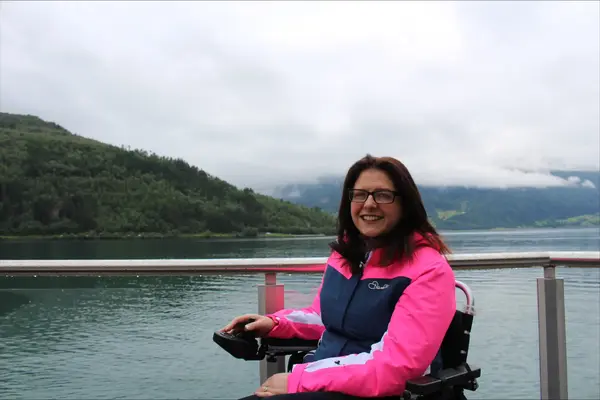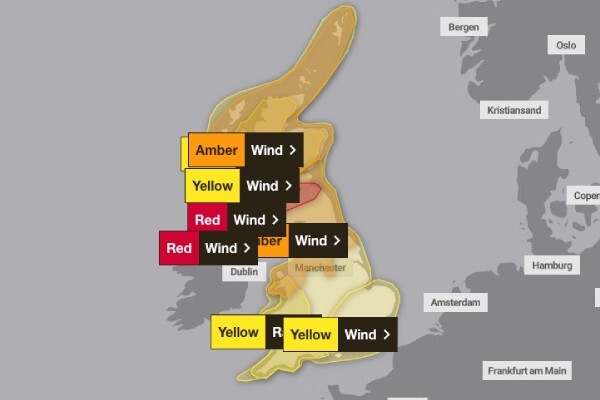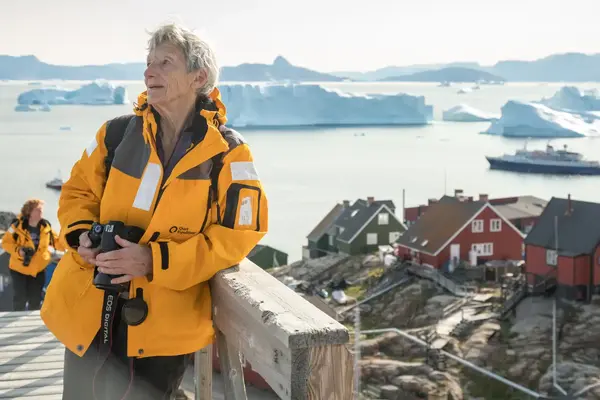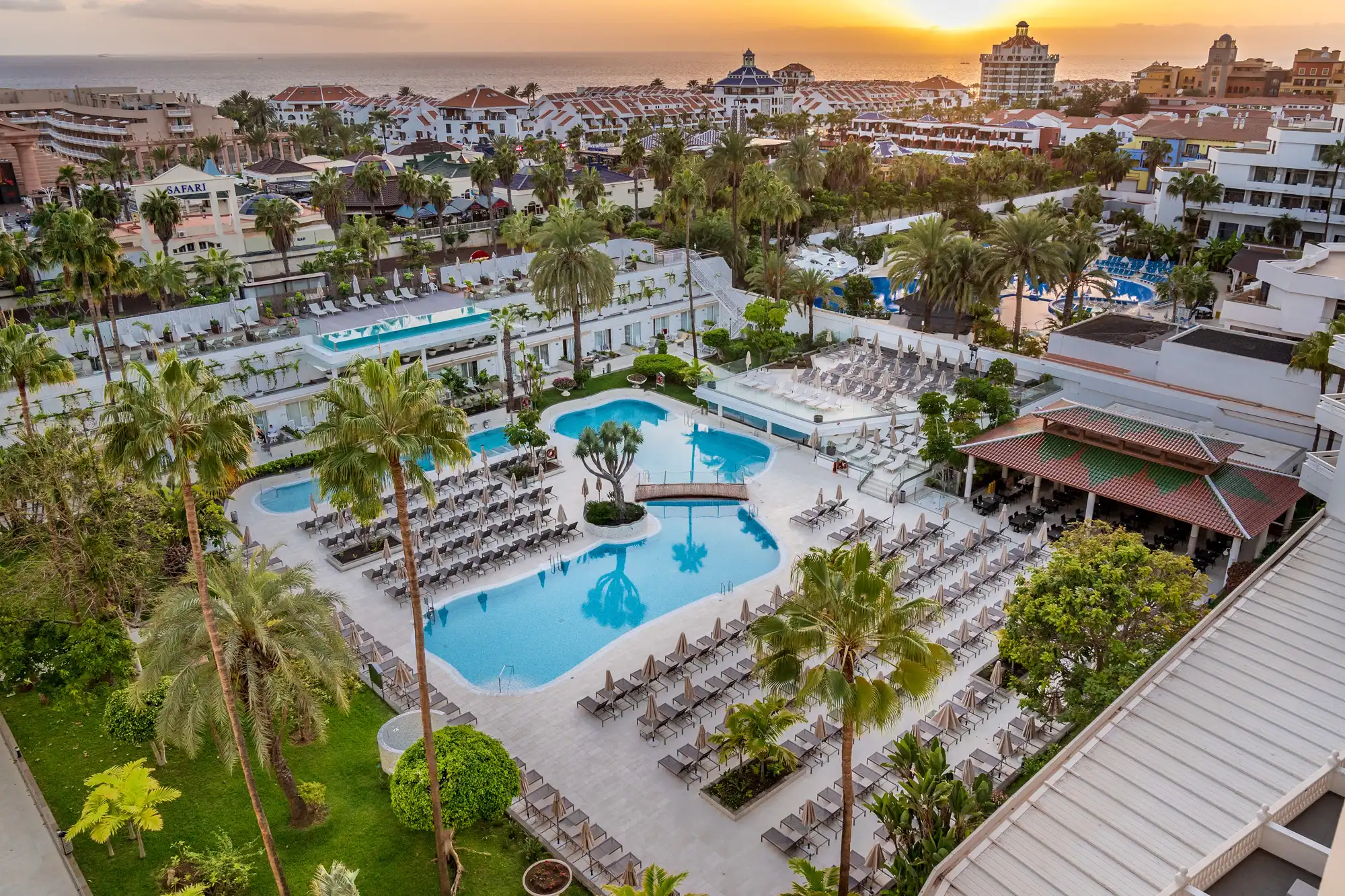How carbon labelling can help travel become more responsible
With Byway, Explore and Intrepid all adding ‘carbon labels’ to their trips since September, TTG considers how the concept works and the role it can play in the industry meeting its sustainability goals.
Since the EU introduced mandatory nutritional labels on pre-packaged food in 2016, we’ve all become accustomed to seeing exactly how healthy the food we’re consuming is - though how many of us buy based upon the information is another matter.
Transparent labelling to help consumers make informed decisions is crossing over into sustainability too, with brands such as Quorn and Oatly now displaying a carbon footprint of their products on their packaging – and several companies in the travel sector are following suit.
Adventure Tours UK and Much Better Adventures were some of the first in the market to calculate the carbon footprint of their land-based trips and add the information to their websites in 2020 and 2021 respectively.
Since the EU introduced mandatory nutritional labels on pre-packaged food in 2016, we’ve all become accustomed to seeing exactly how healthy the food we’re consuming is - though how many of us buy based upon the information is another matter.
In the last four months we’ve seen rail specialist Byway Travel and small group adventure specialists Explore and Intrepid do the same, with Byway hoping the move would allow customers to “weigh carbon costs as readily as monetary ones when choosing holidays”.
As Intrepid’s global environmental impact manager Dr Susanne Etti tells TTG: “We are basically providing a simple way to communicate our impact, making it easier for customers to make more climate conscious decisions.”
Many of these operators have partnered with ecollective, a carbon reduction consultancy, to gather and organise the data.
“If we’re looking at a holiday, we’re measuring the carbon footprint of the hotel, transfers, activities, meals, tour leaders – all the different bits that go into it,” explains ecollective’s co-founder Charlie Cotton.
“And we’ve also been including the carbon footprint from the team, such as the CO2 emissions coming from head office, fam trips, websites, brochures … all this goes into the carbon label.”
TerraVerde, TTG Media’s own sustainability consultants, this month launched its own carbon calculator tool to enable its clients to measure and carbon label their trips themselves, with the option to include flights.
“We wanted a tool that we could hand over to clients because they know their product better than we do and they’re better placed to measure all these elements together,” said marketing lead Joanna Lawton.
Consultancies such as these base their tools on the greenhouse gas (GHG) protocol, which provides a global framework for calculating the environmental impact of business activities.
Using TerraVerde’s new tool, for example, a travel company could calculate that a two-night trip to Stockholm involves return flights at 490 kg of carbon per person, airport transfers at 14.80 kg per person and two nights in a four-star boutique hotel at 43 kg per person.
Meals might add 18.3 kg of carbon if vegetarian, or as much as 33 kg if including meat and dairy, while activities could vary from a low-impact walking tour to those with a much higher footprint such as theme parks. The total CO2 footprint of the trip would be around 590 kg per person.
Designing lower-impact itineraries
Helping travellers make informed decisions is just one benefit of carbon labelling, though. The process is also invaluable for tour operators to be able to see exactly how the impact of a trip can be minimised.
Prue Stone, group head of sustainability at Explore’s parent company Hotelplan, says measuring trips is the only way for businesses and their suppliers to reduce their CO2 footprint.
“It has given us a real focus as it has allowed us to step away from assuming where our footprint is, to really understanding where it is,” she says.
As Cotton explains: “Once you know the carbon footprint of each ingredient in the itinerary, you can then start to swap modes of transport, meal options, activities.
“It’s about trying to design itineraries so that they involve less time travelling as well as prioritising countries or hotels that are taking action to reduce their carbon footprint.”
For Intrepid, this has included a focus on trying to replace nonessential internal flights with less-polluting modes of transport.
“Measuring each trip gives us a really good opportunity to look at each product and understand what the different transport types are, and if there are opportunities to bring down carbon emissions per passenger,” Etti notes.
Tour operators and travel agents might also be surprised to learn that in some instances, the carbon footprint of the food consumed on a trip can outweigh that of the flight to the destination.
“Food and agriculture is one of the four biggest contributors to global emissions and the food we eat on holiday and where it is sourced from can make a massive difference,” explains TerraVerde co-founder Chris Fraser.
Staying safe from greenwashing
With advertising authorities taking an increasing interest in how brands communicate their sustainability credentials, carbon labelling is also seen as a robust alternative to vague claims.
“As long as it is calculated correctly, carbon labelling is actually based on science rather than by any particular claims a company might make which could be perceived as greenwashing,” says Paul Easto, co-founder of destination management company Wilderness Group, which has labelled its trips since 2022.
TerraVerde’s Fraser agrees, saying carbon labelling could never be mistaken for greenwashing as it is “an empirical label, a number”.
He does warn, however, that travel operators whose carbon labels do not include international flights must make it clear that calculations exclude flights, and should not downplay the massive carbon impact of flying. Intrepid itself was wrapped over the knuckles by the ASA earlier this year for claiming its trips were “planet friendly” without recognising the flight element.
And just as many of us don’t fully understand the nutritional labels at the supermarket, there is currently an understanding gap around carbon footprint labelling for many consumers.
“Customers don’t understand carbon labelling that much and that is the biggest problem we face at the moment,” ecollective’s Cotton admits. “What we’re trying to do is normalise carbon labelling, but that involves the rest of the world joining in.”
Hotelplan’s Stone says standardisation across carbon labelling standardisation would help consumers feel less confused.
“You can standardise carbon labelling, so when customers see a specific symbol they know what it means and know it’s the same for each competitor, and they can actually understand what the brand is doing,” she concludes.
“The label itself doesn’t do anything, it’s all about the communication around it and what your commitment as a brand is. The label without the action and intent behind it will not generate change.”
Justin Francis, co-founder and chief executive of activist travel agency Responsible Travel, hopes travel agents themselves will begin actively referring to carbon labels in order to pressure their tour operator partners to change their itineraries to involve lower-impact solutions – whether that is by changing modes of transport, utilising different accommodation, or swapping out meat for plant-based alternatives.
He insists that calculating and publishing a carbon label is only the first step on a much longer journey: “The real commitment needs to be continuing to work over the next few years to make those reductions.”
Sign up for weekday travel news and analysis straight to your inbox

Ilaria Grasso Macola
Supplier Directory
Find contacts for 260+ travel suppliers. Type name, company or destination.

